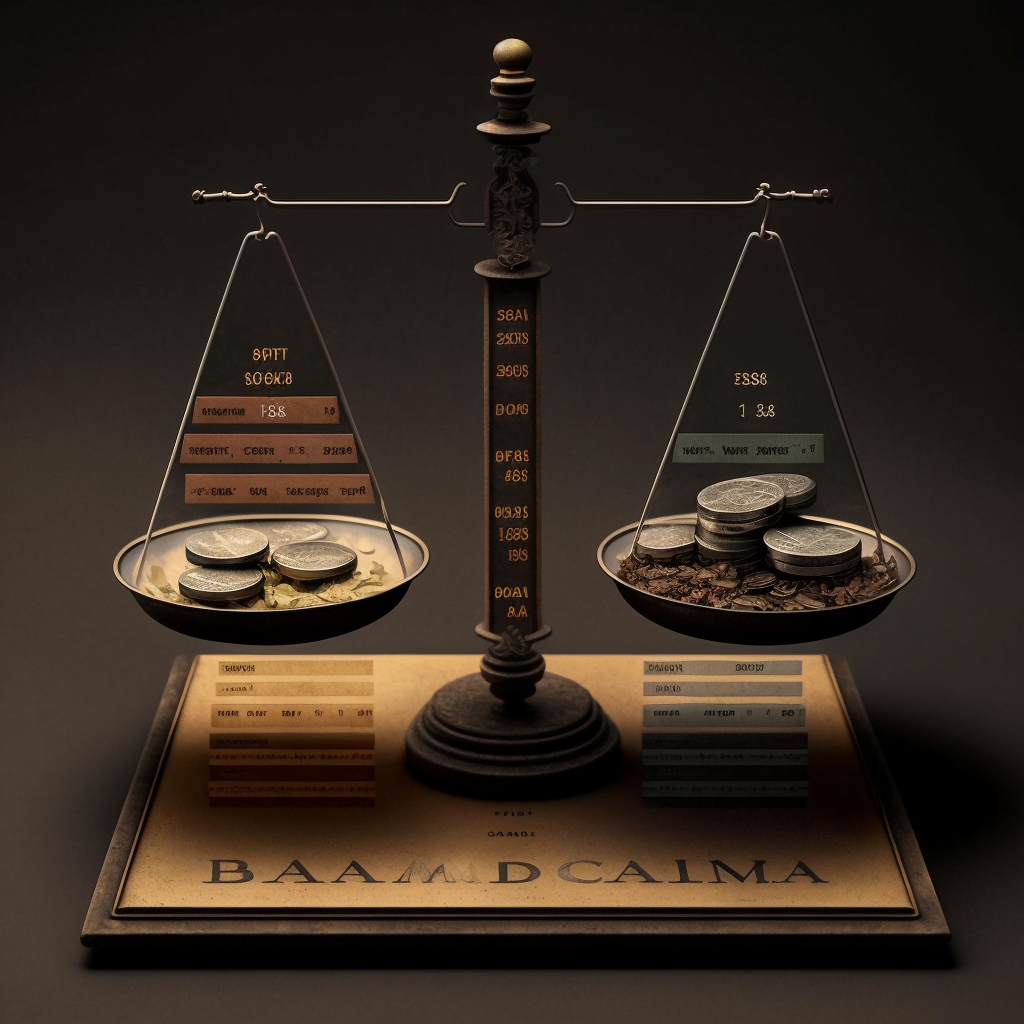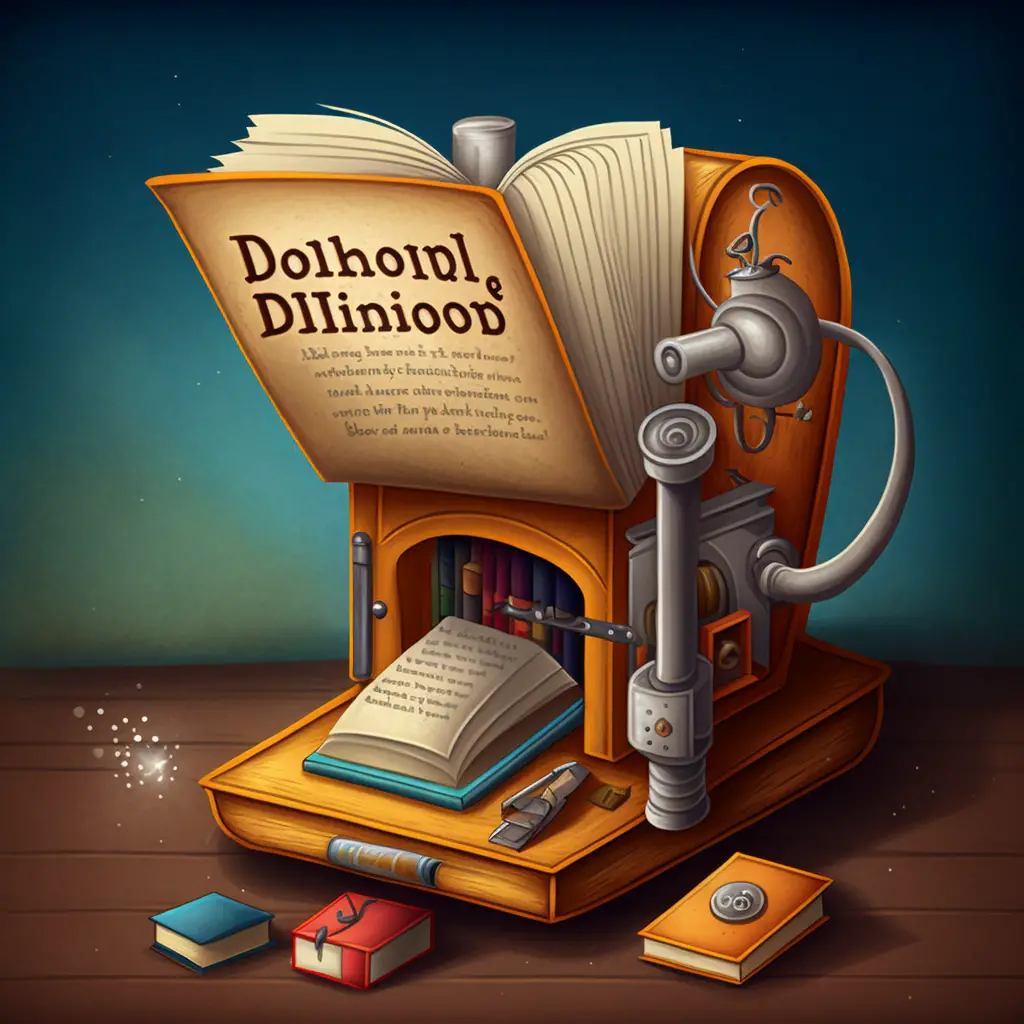
Ever get confused when it comes to using semicolons? You’re not alone!
Semicolons may look similar to a period on top of a comma, but they have a specific use. You can’t use them interchangeably like you would with a period or comma. But don’t let that discourage you, semicolons can add a touch of professionalism to your writing when used correctly. This article quickly goes over what a semicolon is as well as five different ways to properly use it.
What is a semicolon?
A semicolon is a punctuation mark that is often used to separate items in a list or to link two related independent clauses. Think of it as the cool kid at school that brings different groups of friends together.
In a list, semicolons are used to separate items that already have commas in them. For example, “I went to the store and bought apples, oranges, and bananas; eggs, milk, and bread; and finally, some ice cream.”
In independent clauses, a semicolon can be used to link two related thoughts or ideas. The clauses should be able to stand on their own as separate sentences, but the semicolon shows that they are closely related. For example, “I love to play guitar; it’s my favorite hobby.”
Using semicolons can make your writing look more professional and polished. So, next time you’re writing, don’t be afraid to let that semicolon shine!
5 Ways to Use a Semicolon
1. Connecting Related Independent Clauses with Semicolons
A semicolon can link two independent clauses that are closely related. In simpler terms, the part of the sentence before the semicolon should be a complete sentence, and the part after should also be a complete sentence but with a logical connection between them.
For example:
- “I decided to take a risk and start my own business; failure is not an option.”
- “I decided to take a long walk in the park; it’s a great way to clear my mind.”
It’s important to note that using a comma instead of a semicolon in such sentences would be incorrect, as it would create a grammatical error called a comma splice. It’s crucial to use the right punctuation to convey your thoughts effectively.
2. Using Semicolons to Connect Independent Clauses
A semicolon can link two independent clauses, similar to how conjunctions like ‘and’, ‘but’, and ‘or’ can do the same. However, when using a semicolon, you don’t need to use a conjunction as well. To help remember this, think of the semicolon as a replacement for the conjunction “and” when linking two related ideas.
For example, instead of writing “I ate a huge turkey dinner, and it was delicious.”, you can write “I ate a huge turkey dinner; it was delicious.”
Semicolons can also be used to show contrast, by replacing the conjunction “but” between two related ideas. For example, “I wanted to go out to dinner; I didn’t.”
In summary, a semicolon can be used to link two related independent clauses by replacing a conjunction or by narrowing the gap between two separate ideas. It can also be used to demonstrate contrast between two related ideas.
3. Dividing Items in a List with Semicolons
Semicolons can be used to separate items in a list, especially when the items are long or contain internal punctuation. This helps make it easier for readers to understand the divisions between the items.
For example:
- I need the weather statistics for the following cities: San Francisco, California; New York City, New York; Chicago, Illinois; Houston, Texas.
- My grocery list includes eggs, milk, bread; fresh fruits and vegetables; meat and poultry; cleaning supplies.
To summarize, semicolons can be used in various ways such as linking two independent clauses, replacing conjunctions, and separating items in a list.
4. Using Semicolons with Conjunctive Adverbs
When linking two independent clauses with a conjunctive adverb, it is appropriate to use a semicolon. Some common conjunctive adverbs include furthermore, however, meanwhile, thus, hence, subsequently, otherwise, and in addition.
For example:
- I had planned to take the train; however, my car was available and I decided to drive instead.
- The party was a lot of fun; meanwhile, I met some interesting people.
- I had a great time at the concert; furthermore, I got to meet the band afterward.
- I was running late for the meeting; hence, I had to take a taxi.
It’s important to keep in mind that the conjunctive adverb must be linking two independent clauses for the semicolon to be appropriate. As a reminder, independent clauses are sentences that can stand on their own, grammatically complete.
5. A semicolon makes a great wink emoji
If you’re under 50, I’m sure you knew this one already. Just type in a semicolon beside a parenthesis and you have yourself an amusing little winking smile among all your beautiful words.
😉
Using Semicolons Correctly
One of the main uses of a semicolon is to connect two independent clauses without using a conjunction like ‘and’.
When it comes to capitalization, a semicolon is usually followed by a lowercase letter unless it is preceded by a proper noun or an acronym.
For example, “We can go to the museum to do some research; Mondays are pretty quiet there.” It’s important to remember that semicolons are not the same as commas or periods. They fall somewhere in between – they’re stronger than a comma, but not as final as a period.
Here are a few rules to keep in mind when using semicolons correctly; make sure to take note of them.
If you enjoyed this article you might also be interested in seeing over 500 different fiction writing prompts.




